Huawei loses access to Google and Android: Now What?
While people are still trying to get over the season finale of Game of Thrones, things are looking really bad for Chinese smartphone manufacturer Huawei. Google has suspended any and all business operations with Huawei. The suspension, effective immediately means that all future devices will not come with any Google products. This includes the Android Operating System as well.
| What was the cause of all this?  Following an executive order signed up US President Donald Trump, Huawei was denied access to all future updates from Google (Image Credits:Reuters Well, that would be the announcement made by the US Commerce Department. The announcement, made last Wednesday, puts Huawei along with 68 other affiliates on an “Entity List”. Think of the Entity List as a trade blacklist. The list was made following an executive order signed by US President Donald Trump. Why? Because the US is accusing Huawei of aiding Beijing in Espionage. The Trump administration has been going at the company for some time now. This time, US might possibly have been able to put a dent on the Chinese Tech giant. As per the results of the list, the Chinese Smartphone manufacturer is forbidden from purchasing parts and components from US companies without expressive approval from the US Government. This also includes the Android and Google ecosystem as well. What does this mean to the public? Well, long story short, all future Huawei smartphones will stop receiving Android system updates and security updates as well. This also means that all future phones from Huawei will not have access to Google services including the Google Play Store and any other app that relies on the Google Services Framework. 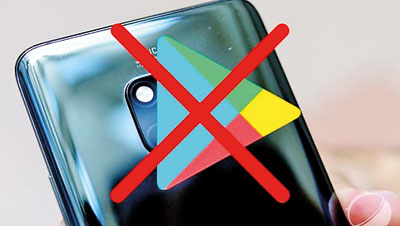 Following Huawei being added to the Entity List, all future Huawei devices would stop recieving Android system updates (Image Credits: FRAndroid) A Google Spokesperson explained that “For users of our services, Google Play and the security protections from Google Play Protect will continue to function on existing Huawei devices”. They also added that the company would only be able to use the public version of Android, Android Open Source Project (AOSP). 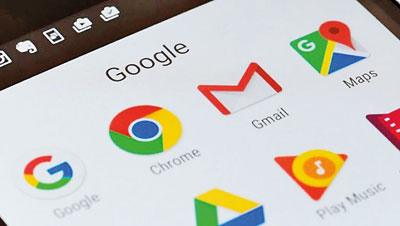 The ban essentially means none of Google’s proprietary apps will be usable on future Huawei devices (Image Credits: Pay Simple) As such, they will not be able to get access to proprietary apps and services from Google. These apps include Gmail, YouTube and Chrome browser as they are not covered by the open source license. Rather, they require a commercial agreement with Google. For the Chinese market, the impact is expected to be minimal. In case you didn’t know, most Google Apps are banned in China. Alternatives to these apps are offered by companies such as Baidu and Tencent. The companies even have their own app stores to rival the Google Play Store. 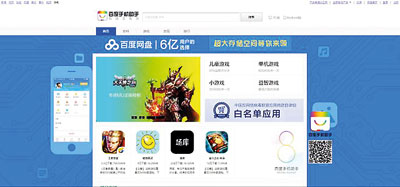 While most Google Apps are blocked in China, the country has its own ecosystem of apps offering similar functionality For other markets, the loss of Android is likely to be quite troubling, to say the least. If you take Sri Lanka, for example, Huawei is rated as one of the top 3 smartphone brands. This is especially true in terms of the midrange and budget smartphone categories. To an extent, even flagship devices such as the newly released P30 Pro are gaining popularity in Sri Lanka. While current devices will still continue to receive app updates for google apps, new devices will not.This can put a large dent in that market segment, opening the floor to some very intense competition from other Chinese manufacturers such as Xiaomi, Vivo and other brands such as Samsung. 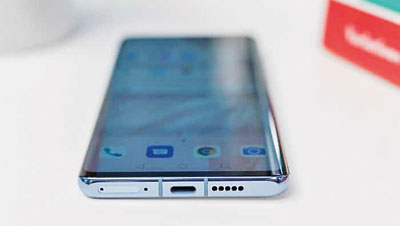 Huawei’s loss of access to Google and Android will definitely impact new devices such as the P30 Pro (Image Credits: Tech Advisor) Huawei has replied stating that devices will continue getting security updates. Whether these updates are from Huawei themselves remains to be seen. In addition, how long these security updates would be provided for also remains to be seen. Huawei in turn responded staying that would “continue to provide security updates and after sales service to all existing Huawei and Honor smartphone and tablets products covering those have been sold or still in stock globally”. The statement also went on to explain that “Sri Lankan customers are also assured of continuous support for present existing Huawei smartphones in the market.” They added that “holders of current Huawei smartphones with Google apps will continue to be able to use and download app updates provided by Google” Added to this, Huawei has also received a temporary license to send software updates to their smartphones for the next three months. The license, which will expire on August 19, 2019 allows the company to provide software updates and patches to all existing devices. The catch is that these devices would have to be ones that were made available to the public on or before May 16, 2019. In addition, Huawei’s existing network equipment will also receive security vulnerability updates within this 3 month period as well. Is this the end for Huawei? Intel, Qualcomm and Broadcom, three for the world’s leading chip designers have also cut off dealing with Huawei. While Intel provides server chips and processors for their laptop line, Qualcomm provides modems and processors. The latter would probably not affect Huawei so much as they build their own mobile processors and modems. 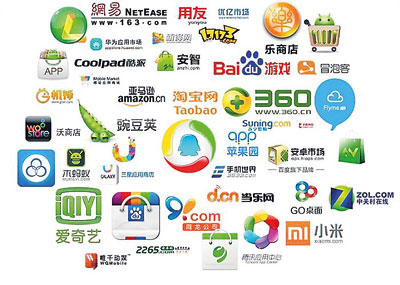 China has a plethora of app stores that offer non-Google apps for users (Image Credits: TechNode) 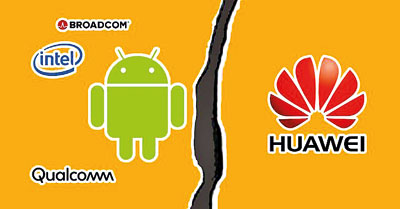 In addition to Google pulling out, Qualcomm, Intel and Broadcom have followed suit as well Ren Zhengfei – CEO of Huawei Technologies shared that it would be “fine” even if Qualcomm and other American suppliers would not sell chips to Huawei. “We have already been preparing for this, Ren added. But even if Huawei is able to ship devices using their own hardware such as the Kirin processors, will people be willing to use devices with no Google products? As we stated, China will not have an issue. The rest of the world, however, will. According to a Bloomberg report, Huawei was supposedly gearing up for this ban and stockpiling chips from these US companies. The amassed chips would help Huawei operate for at least 3 more months. This, in turn, would give Huawei time to measure what their future plans might be. In terms of software too, Huawei has been developing their own alternative operating systems to rival Android and Microsoft Windows. But even if they do, things won’t be the same. Even if the company does release devices that are running the company’s own operating system, getting people to purchase devices is going to be a challenge. Also, bear in mind that while alternatives to Google Apps exist, they are limited to China. It’s also highly plausible that other App developers such as Facebook will also pull out from supporting future Huawei devices. This, in turn, means apps such as Instagram and WhatsApp will not work either. That being said though, Huawei also sells enterprise equipment for Telecom Operators. So yes, the brand will take a hit in terms of smartphones, but the company will survive the fallout. Is an AOSP Huawei device plausible? If you’ve played around with rooting Android devices, you would have probably come across an AOSP custom ROM. These ROMs are based on Android but don’t come with any Google apps. The functionality of these ROMS is the bare minimum. The ROM itself has a minimal amount of apps to take phone calls, send messages and take pictures. These are all possible without the Google Framework installed. If Huawei is planning to release their own operating system for their devices, they could use the AOSP resources to provide more or less the same functionality as Google would for markets outside of China. But then again, that is all depending on if people are still willing to purchase their devices. 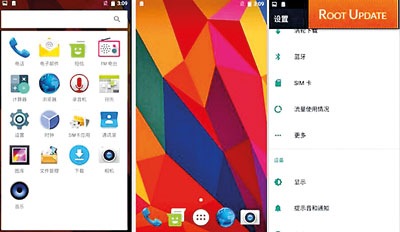 An example of an AOSP ROM running on an Android device. Notice the lack of any Google App? (Image Credits: Root Update)
(The author is a senior writer for Readme.lk)
| |


